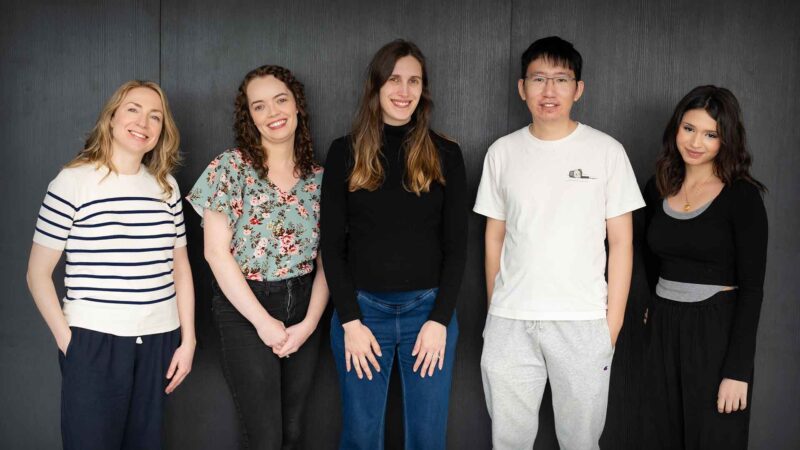DENTAL CARE IMPROVEMENTS USING INFORMATICS AND ARTIFICIAL INTELLIGENCE
Professor Heiko Spallek
Head of School and Dean of The University of Sydney School of Dentistry &
Member of Scientific Advisory Committee, Dentroid
RESEARCHER PROFILE
Filmed in Sydney, Australia | December 2024
Professor Heiko Spallek is the Head of School and Dean of the Sydney Dental School, as well as a member of the Scientific Advisory Committee for Dentroid, a startup in Australia aiming to revolutionise dentistry with laser technology. He has gained extensive experience in various roles at research-intensive institutions across three different continents.
Professor Spallek advanced his dental knowledge by studying computer information science in the US, particularly in Philadelphia. He conducted research for 20 years in the US at the intersection of dentistry and informatics.
As the Dean of Dentistry, he remains involved with a group in the US focused on improving dental care through informatics and artificial intelligence. In Australia, he finds the opportunity to work with Dentroid particularly engaging, as the startup seeks to enhance dental care by eliminating needles and drills to reduce patient discomfort.
Professor Spallek notes that there haven’t been significant changes in dentistry over the past few decades, aside from incremental improvements. He finds it both challenging and interesting to address the stagnation in the field, despite the availability of better materials in dentistry.
He points out that traditional dental treatments still heavily rely on local anaesthesia administered through long needles, as well as high-pitched noises and vibrations from hand pieces, which create discomfort for patients. Furthermore, dentists often have to hunch over patients’ mouths, exposing themselves to infectious spray.
Dentroid is attempting to create a paradigm shift by starting treatments with a light-induced analgesic, followed by a small robot that clamps onto the tooth, removing tissue without the need for drilling through laser technology. This procedure is guided and controlled by the dentist from a desk. Professor Spallek collaborates with researchers from four leading institutions in Australia to bring this new vision to life.
Outside of his professional responsibilities, Professor Spallek prioritises his family and serves as a volunteer director for Community Connections Australia. This organisation offers a range of tailored services to individuals living with disabilities. With the support of a management team, their 150 frontline workers assist approximately 300 clients in achieving greater independence in their homes.
You Might also like
-
Pancreatic and lung cancers driven by mutations in the cancer gene KRAS
Dr Mara Zeissig is a recently appointed Lab Head within the Tumour Inflammation and Immunotherapy Program at the South Australian immunoGENomics Cancer Institute (SAiGENCI).
Her research focuses on studying immune evasion mechanisms in lung and pancreatic cancers to identify novel ways to increase response to immunotherapy. Her expertise is in genetically engineered mouse models of lung cancer, CRISPR-Cas9 screening technologies and T cell based immunotherapies (e.g Checkpoint inhibitors). -
Infections and other lung diseases using models of human lung tissue grown from stem cells
Dr Rhiannon Werder is a Team Leader at Murdoch Children’s Research Institute leading a multidisciplinary team, combining expertise in stem cell biology and immunology, to develop new therapies for lung diseases. Her research centres around induced pluripotent stem cells to investigate respiratory diseases, spanning acute respiratory infections to chronic lung diseases. Using stem cells, Dr Werder’s team creates models of human lung tissue. With these models, Dr Werder is investigating how human-specific pathogens infect different regions of the lung, the ensuing immune responses, and how the lung repairs itself after infections, especially in people with preexisting lung diseases.
-
In his father’s footsteps as a kidney transplant specialist
Since he was a young child, Dr Collins, has been interested in kidney failure and kidney transplants in particular. His father was also a kidney specialist, and he used to sit by the phone when his father, was on call and ringing people who were being offered a kidney transplant. The joy in their voices through this interaction created a lasting and profound impact on Dr Collins. This carried through his career and today he continues to seek better outcomes for Kidney patients.



